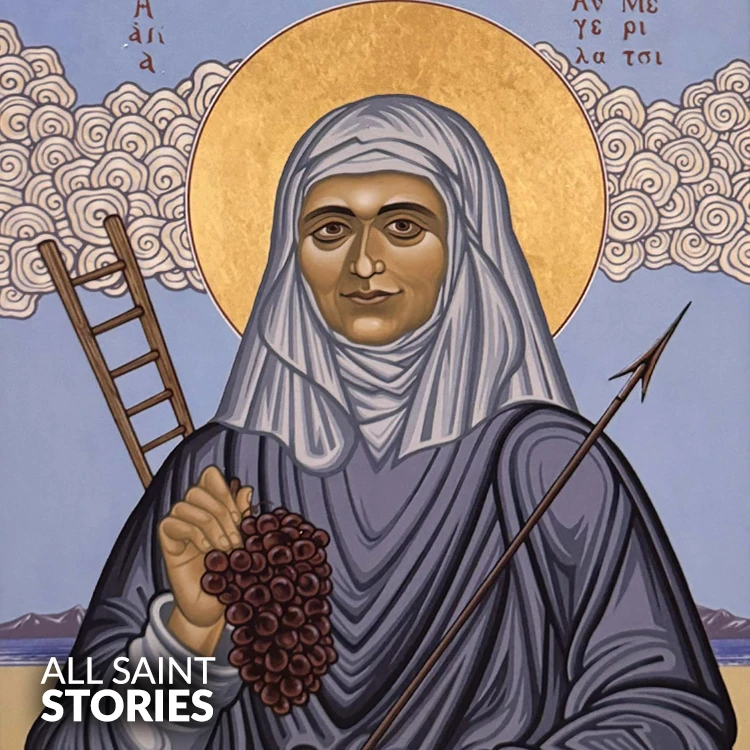
St. Angela Merici is best known for founding the Ursuline Order, the first religious order dedicated to educating girls. She devoted her life to Christian education, believing that strong moral foundations in young women would uplift society. She emphasized a religious life within secular communities rather than in convents, allowing women to serve God while staying in their homes.
Merici was brought into the world in 1474 on a homestead close to Desenzano del Garda, a humble community on the southwestern shore of Lake Garda in Lombardy, Italy. She and her more established sister, Giana Maria, were left vagrants when she was a decade old. They went to live with their uncle in the town of Salò. Youthful Angela was exceptionally troubled when her sister out of nowhere passed on without getting the last rituals of the congregation and implored that her sister's spirit find happiness in the hereafter. It is expressed that in a dream she got a reaction that her sister was in paradise in the organization of the holy people. She joined the Third Request of St. Francis around that time. Individuals started to see Angela's magnificence and especially to respect her hair. As she had guaranteed herself to God, and needed to stay away from the common consideration, she colored her hair with sediment.
Merici's uncle passed on when she was twenty years of age and she got back to her home in Desenzano, and resided with her siblings, on her own property, given to her in lieu of the endowment that would some way or another have been hers had she hitched. She later had one more vision that uncovered to her that she was to establish a relationship of virgins who were to commit their lives to the strict preparation of little kids. This affiliation was a triumph and she was welcome to begin one more school in the adjoining city of Brescia.
As per legend, in 1524, while heading out to the Heavenly Land, Merici unexpectedly became visually impaired when she was on the island of Crete. Regardless of this, she proceeded with her excursion to the Heavenly Land and was apparently restored of her visual impairment on her return, while supplicating before a cross, at a similar spot where she had been hit with visual deficiency half a month sooner. In 1525, she traveled to Rome to acquire the extravagances of the Celebration Year then being praised. Pope Merciful VII, who had known about her goodness and accomplishment with her school, welcomed her to stay in Rome. Merici disdained reputation, nonetheless, and before long got back to Brescia.
On 25 November 1535, Merici assembled with 12 young ladies who had participated in her work in a little house in Brescia close to the Congregation of St. Afra, where together they committed themselves in the establishing of the Organization of St. Ursula, set under the assurance of the patroness of archaic colleges. Her objective was to lift day to day life through the Christian instruction of future spouses and moms. They were the principal showing request of ladies strict.
After four years the gathering had developed to 28. Merici trained her allies to serve God, however to stay on the planet, showing the young ladies of their own area, and to rehearse a strict type of life in their own homes.[a] The individuals wore no exceptional propensity and took no proper strict commitments. Merici composed a Standard of Life for the gathering, which determined the act of chastity, neediness and dutifulness in their own homes. The Ursulines opened halfway houses and schools. On 18 Walk 1537, she was chosen "Mother and Paramour" of the gathering. The Standard she had composed was supported in 1544 by Pope Paul III.
At the point when Merici kicked the bucket in Brescia on 27 January 1540, there were 24 networks of the Organization of St. Ursula serving the Catholic Church through the district. Her body was dressed in the propensity for a Franciscan tertiary and was entombed in the Congregation of Sant'Afra.
The conventional view is that Merici accepted that better Christian schooling was required for young ladies and young ladies, to which end she devoted her life. Querciolo Mazzonis contends that the Organization of St. Ursula was not initially expected as a beneficent gathering explicitly centered around the schooling of unfortunate young ladies, however that this heading created after her passing in 1540, after it got formal acknowledgment in 1546.
Adoration
The incorrupt assemblage of Holy person Angela Merici in Brescia, Italy
During her life, Merici had frequently implored at the burial chambers of the Brescian saints at the Congregation of St. Afra in Brescia. She lived in little rooms joined to a monastery of the Ordinances Customary of the Lateran. As per her desires, after her demise, she was buried in the Congregation of St Afra to be close to the saints' remaining parts. There her body stayed until the total annihilation of this congregation and its encompassing region by Associated bombarding during WWII, on 2 Walk 1945, in which the area cleric and numerous residents kicked the bucket. The congregation and relating structures were a short time later modified, and resumed on 10 April 1954. The congregation was blessed on 27 January 1956, with another devotion to Holy person Angela Merici, while the Ward of St. Afra was moved to the adjoining Church of St. Eufemia.
Merici was glorified in Rome on 30 April 1768, by Pope Lenient XIII. She was subsequently sanctified on 24 May 1807 by Pope Pius VII.
Feast day
Merici was excluded from the 1570 Tridentine Schedule of Pope Pius V since she was not sanctified until 1807. In 1861, her dining experience day was remembered for the Roman Schedule - not upon the arrival of her passing, 27 January, since this date was involved by the banquet day of Holy person John Chrysostom, however rather on 31 May. In 1955, Pope Pius XII relegated this date to the new blowout of the Queenship of Mary, and moved Merici's banquet to 1 June. The festival was positioned as a Twofold until 1960, when Pope John XXIII provided it with the same position of Second rate Class Blowout. Ultimately, in the major 1969 change of the ceremony, Pope Paul VI moved the festival, positioned as a Commemoration, to the holy person's day of death, 27 January.


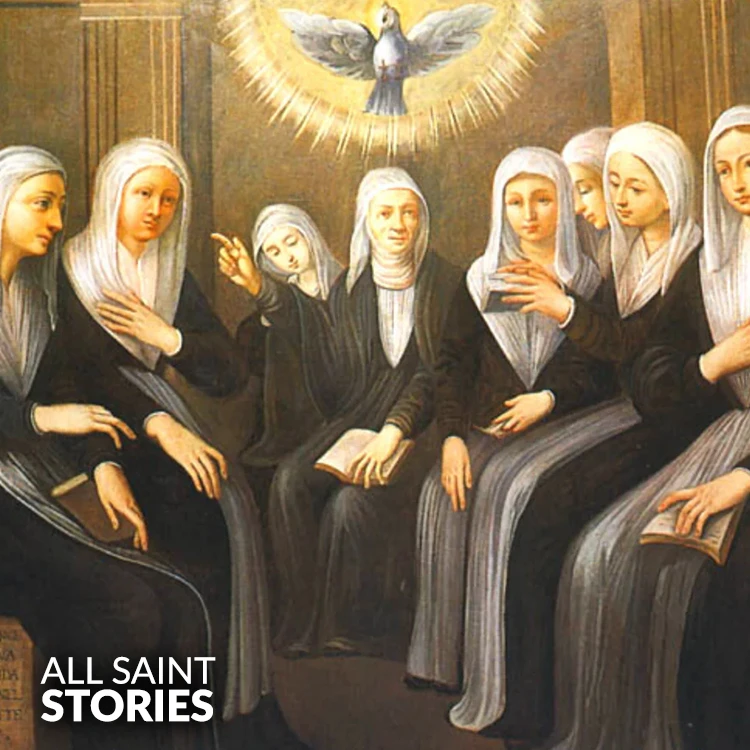
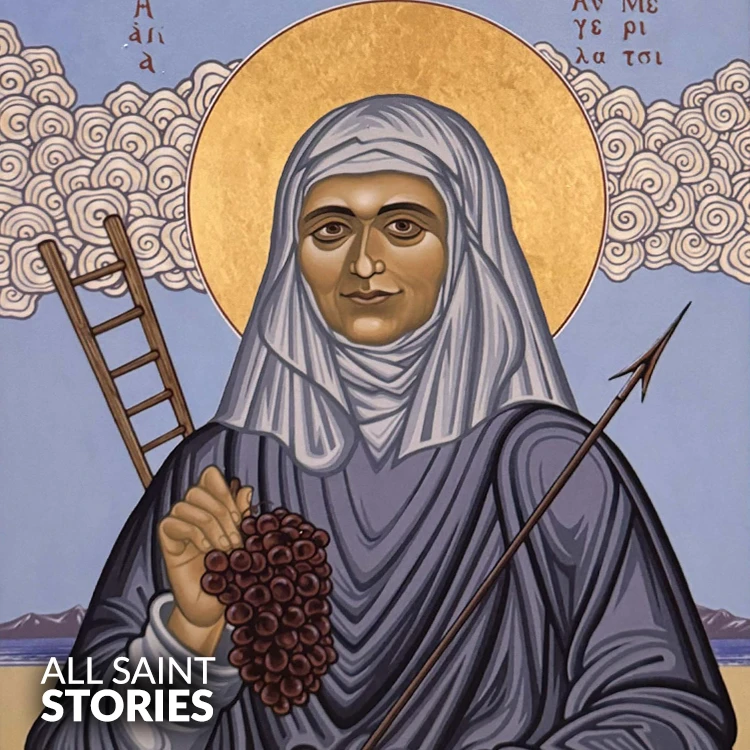
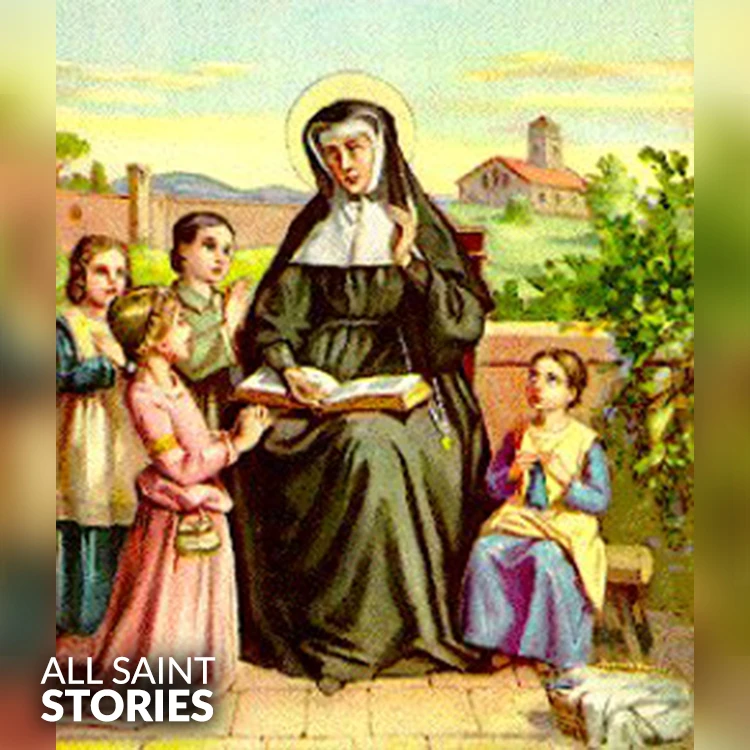
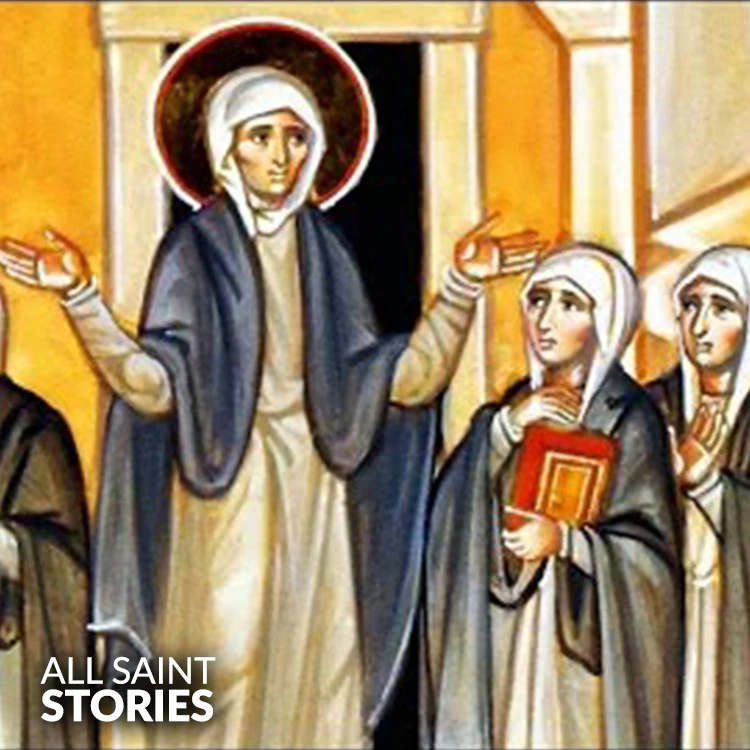
 English
English
 Italian
Italian
 French
French
 Spanish
Spanish
 Malayalam
Malayalam
 Russian
Russian
 Korean
Korean
 Sinhala
Sinhala
 Japanese
Japanese
 Arabic
Arabic
 Portuguese
Portuguese
 Bantu
Bantu
 Greek
Greek
 German
German
 Dutch
Dutch
 Filipino
Filipino